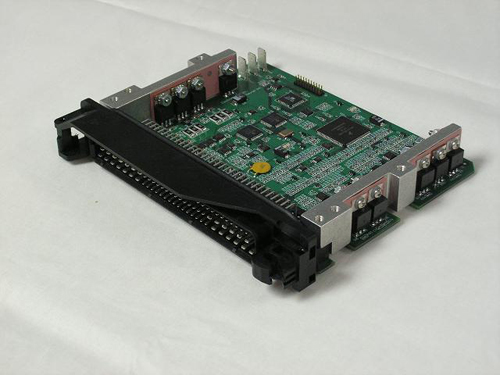
Car ECU (engine control unit) flash re-programmable PCMs have been in vehicles for over a decade. The first such application was the 1990 Geo Storm.
Why a routine car like the Storm would be the first to receive a flash re-programmable computer system is unknown. You would think GM would have chosen a more high profile car like a Cadillac or Corvette to usher in the new technology. But they didn’t.
The choice probably had more to do with manufacture scheduling and new model introductions than profile or image.
GM knew OBD II was coming and that it would need a new generation of PCMs that were faster, more capable and able to be programmed electronically. Up to this point, Program Read Only Memory (PROM) chips held all of the PCMs vital calibration information and operating instructions. GM pioneered the expendable PROM chip as a way of programming a limited number of basic PCMs to fit a wide range of GM makes and models. A replaceable PROM chip also intended the PCM could be “retuned” if necessary to correct certain kinds of emission or drivability problems.
It also meant that if a virus was later discovered in the original factory programming, it could be corrected in the field by simply replacing the original PROM with an updated corrected PROM (a tactic GM has successfully used over the years to fix many factory flaws).
Performance enthusiasts also liked replaceable PROMs because the chip could be replaced with one that provided more spark advance, fuel enrichment, a higher rev limit, etc., to squeeze more power out of the engine.
Enter the flash re-programmable EEPROM (Electronically Erasable Program Read Only Memory) chip. PCMs built with EEPROM chips can be reprogrammed in a matter of minutes without having to remove the PCM or replace a single chip. It’s all done digitally with the proper access codes and input data.
By 1995, most GM models had the flash re-programmable PCMs. Ford and Chrysler were also doing the same thing as OBD II arrived on all cars and light trucks in model year 1996.
Today, almost all PCMs have re-programming capabilities so changes and upgrades can be made if needed.
That’s over 100 million vehicles that have been built since 1996.
As we said earlier, PCMs may need to be reprogrammed for several reasons. One is to fix factory bugs.
Every time Windows OS or a new phone for example, comes to market, it they always turns out to have bugs and security holes that were somehow missed but must be fixed by downloading and installing the latest patch. It’s a never ending cycle of upgrades and patches.
Fortunately, it isn’t that bad yet with automotive PCMs, but it has become a crutch for automakers who rush products to market that aren’t quite ready. ref- totalcardiagnostics.







